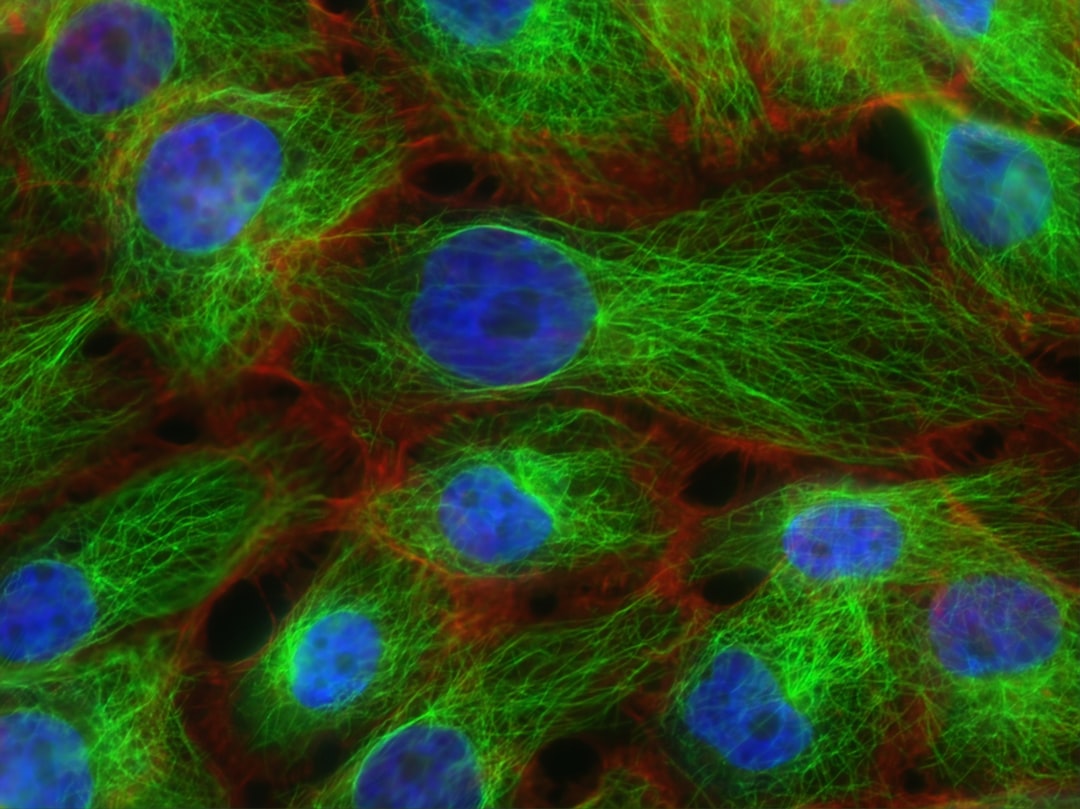What is it about?
In our study, we examined the effects of various light colors on pupillary light reflex (PLR) and explored whether factors such as prior exposure to different light types, time of day, or individual sleep-wake patterns (chronotypes) influence this reaction. Our findings revealed that blue light elicits a stronger pupillary response than red light, but only when the eyes are dark-adapted. Furthermore, we discovered that people with distinct chronotypes, such as morning and evening individuals, exhibit differing pupillary light reflexes depending on the time of day.
Featured Image

Photo by Colin Lloyd on Unsplash
Why is it important?
Enhancing our understanding of how various light colors impact our bodies is crucial, as it can influence our health, well-being, and productivity. For instance, blue light exposure has been demonstrated to alter sleep patterns, mood, and cognitive function. The human pupil serves as an excellent diagnostic marker that can be rapidly and noninvasively assessed, providing insights into an individual's circadian state or the functionality of nonvisual neuronal pathways in the presence of disease. Consequently, this research contributes to a deeper comprehension of how light interacts with our bodily responses and may have implications for physiologically-based chronotype evaluations that do not require hormonal or genetic analyses.
Read the Original
This page is a summary of: Spectral dependency of the human pupillary light reflex. Influences of pre-adaptation and chronotype, PLoS ONE, January 2022, PLOS,
DOI: 10.1371/journal.pone.0253030.
You can read the full text:
Contributors
The following have contributed to this page










